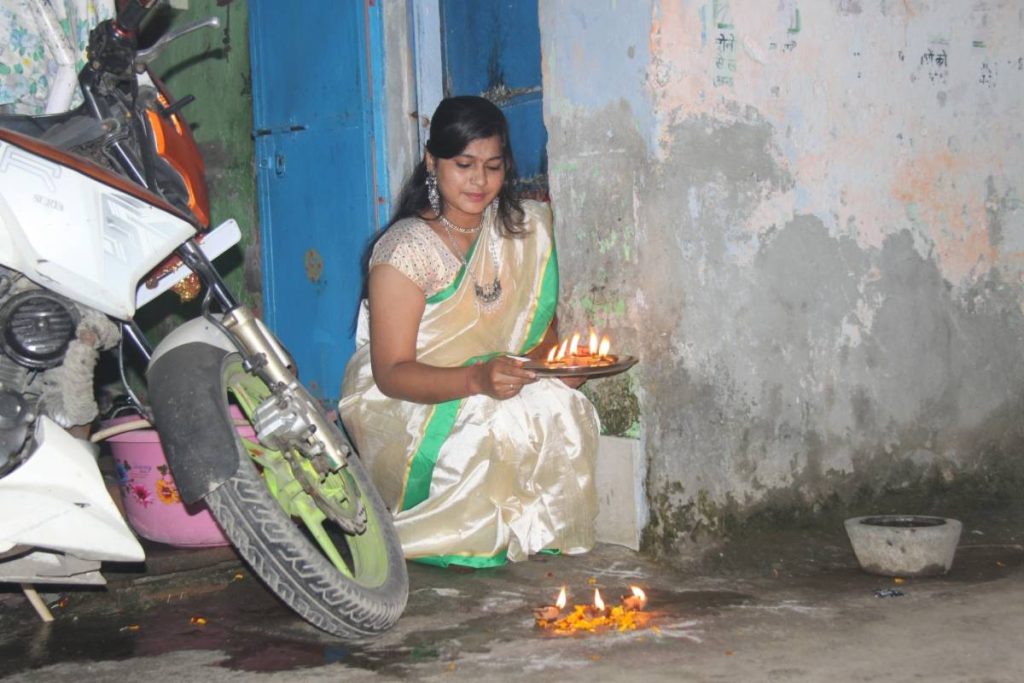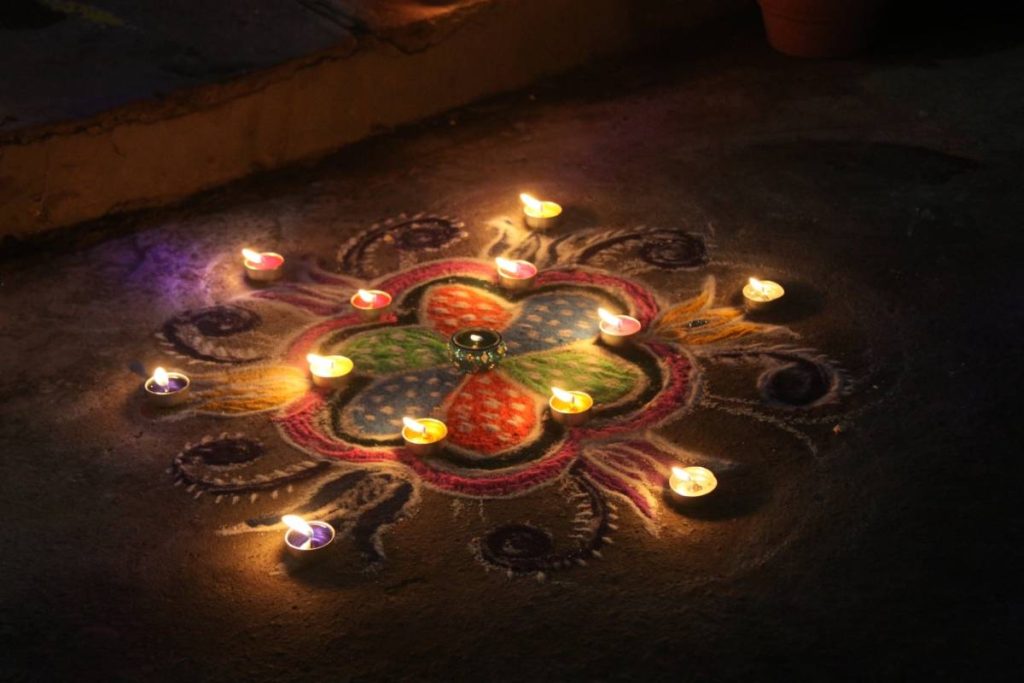
Last year, the group made 15,000 crackers and they were completely sold out. This time, with more hands joining in, the women have made 50,000 crackers, of which 35,000 have already been sold through Gram Art’s online portal…reports C Vinita.
With Diwali just a couple of days away, a group of women in Paradsinga village in Madhya Pradesh are busy mixing some unique ingredients at one of their homes as film songs play in the background on a radio set.
In this tiny village located near the state’s border with Maharashtra, this is a time when the multi-tasking womenfolk take time out from making Diwali sweets and “faraal” to prepare “seed crackers’.
Where normal firecrackers spread noise and air pollution, these crackers do not explode. Instead, they contain vegetable seeds that can be planted in the soil to grow various green plants.

The practice of celebrating the festival as Beej Parv (festival of seeds) was started by a local artist and farmer named Shweta Bhattad, who formed an informal self-help group last Diwali as an extension of her six-year-old Gram Art project. The group initially had around 30 women from Paradsinga and three neighbouring villages, but today it united over 100 members from seven villages under the cause.
Bhattad said, “There is a huge tree on our farm where hundreds of birds have made their nests. A couple of years ago, we were celebrating Diwali on the field and village children were bursting a lot of firecrackers. I was shocked to see that each time a firecracker goes off, birds fell down from the tree due to the shock. That forced me to think of seed crackers which neither harm the environment nor the animals and birds. They are packaged exactly like different firecrackers such as anaars, chakris, ladis, and bombs but are loaded with seeds of coriander, radish, chilli, fenugreek, spinach, tomato and golden shower tree. People are encouraged to plant them either in pots or in their kitchen garden so that they can grow fresh vegetables in their own homes. This initiative is all an extension of our green endeavour, which started with kapaas rakhis, seed papers, seed balls, etc. From providing training and material for online marketing, we take care of everything.”
Last year, the group made 15,000 crackers and they were completely sold out. This time, with more hands joining in, the women have made 50,000 crackers, of which 35,000 have already been sold through Gram Art’s online portal.
“From individuals to schools, banks, corporate houses, resellers and those selling organic products, there are many takers for these ‘seed crackers’. They want to ditch the polluting firecrackers for these green gifts during the festival,” Bhattad said.
The endeavour, even in its nascent stage, had given hope to several families during the pandemic. For Geeta Keskar (45) of Khairi Taigaon village, a mother of three, the seed crackers are a means to partly fund her children’s education.
“My husband works in a nearby factory, but we struggle to manage our expenses,” she said, adding: “My son has completed a course from polytechnic, but he is yet to find a job. My elder daughter is pursuing a course in radiology at Nagpur even as the younger one is studying in Class 11 at a private school in Sausar.
“Education is expensive, but I will not compromise, because I do not want my children to struggle as I do. Hence, I was very happy when I got a chance to make seed crackers last year. I earned Rs 6,000, which helped me pay my younger daughter’s school fee. In August this year, I earned around Rs 20,000 making seed and kapaas rakhis, which helped me pay my elder daughter’s fees. I am aiming to make around Rs 8,000 this Diwali from seed crackers,” she said.

Most of the villagers in this region are either farmers or labourers working at the nearby Raymond factory and the Covid-19 pandemic has exacerbated their struggle for survival.
Bhattad’s enterprise came as a solace to young women like Vaishali Raut who said that her family had moved to Paradsinga village a few years ago when her father and mother took up jobs in a nearby factory. However, because of prolonged illness, her father lost his job and the Rs 6,000 a month that her mother was earning was not enough to make both ends meet for the family.
Vaishali, who is pursuing her graduation, said, “Last year, I started making seed crackers along with many others in our village and earned Rs 13,000. This year, rakhi-making helped me earn another Rs 16,000, which helped me pay for my father’s treatment and my education. I hope to earn around Rs 10,000 this Diwali, which will help me take care of many small expenses at home as well as pay my college fees. The best part is that I get to decide my own working hours. Because I have classes from 7 am to 12 noon, I work after that.”
The women also involve their family members in making the seed crackers so that they can increase production. “At times, we manage to make 250 to 300 crackers in a day with the help of our family members. This helps us earn more money. Mostly, we either work at Shweta’s home or at any house in our locality for eight hours every day. Work is fun because we enjoy tea and snacks together, have chat sessions and also share our lunches,” said Neelam Patel who earned Rs 20,000 from making both seed papers and seed crackers last year.

She said it was a moment of immense pride and satisfaction for her when she was able to contribute to the construction of her family’s new house. “From bricks to cement and iron rods, I spent the entire money on construction materials.”
Akanksha Kumeiya (21) of nearby Kabar Pipla village, a farmer’s daughter who is pursuing her graduation, is using her earnings from the business to help run the kitchen for her joint family of 15 members.
She said, “Farming is not a very profitable profession, and the pandemic has aggravated our financial woes. I had to borrow Rs 10,000 to manage some basic expenses. In August, I was able to repay the loan with the money I earned from making seed rakhis. I earned Rs 15,000 from making seed crackers this time. I used a part of the money to pay for the groceries and have kept aside the remaining amount to buy gifts for my family members during Diwali. This will be the first time I am buying gifts for them with my own earnings. The thought thrills me.”
ALSO READ-Lawmaker to introduce Bill to make Diwali holiday in US
READ MORE-Delhi’s air quality may deteriorate post Diwali


